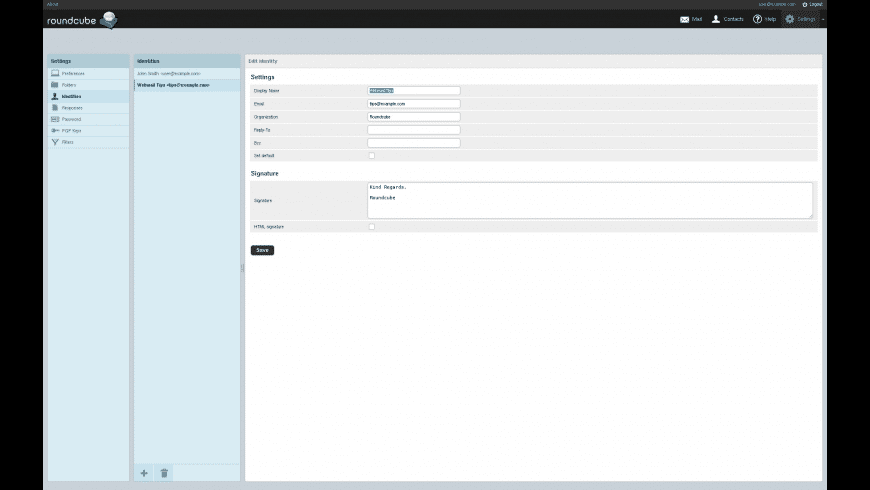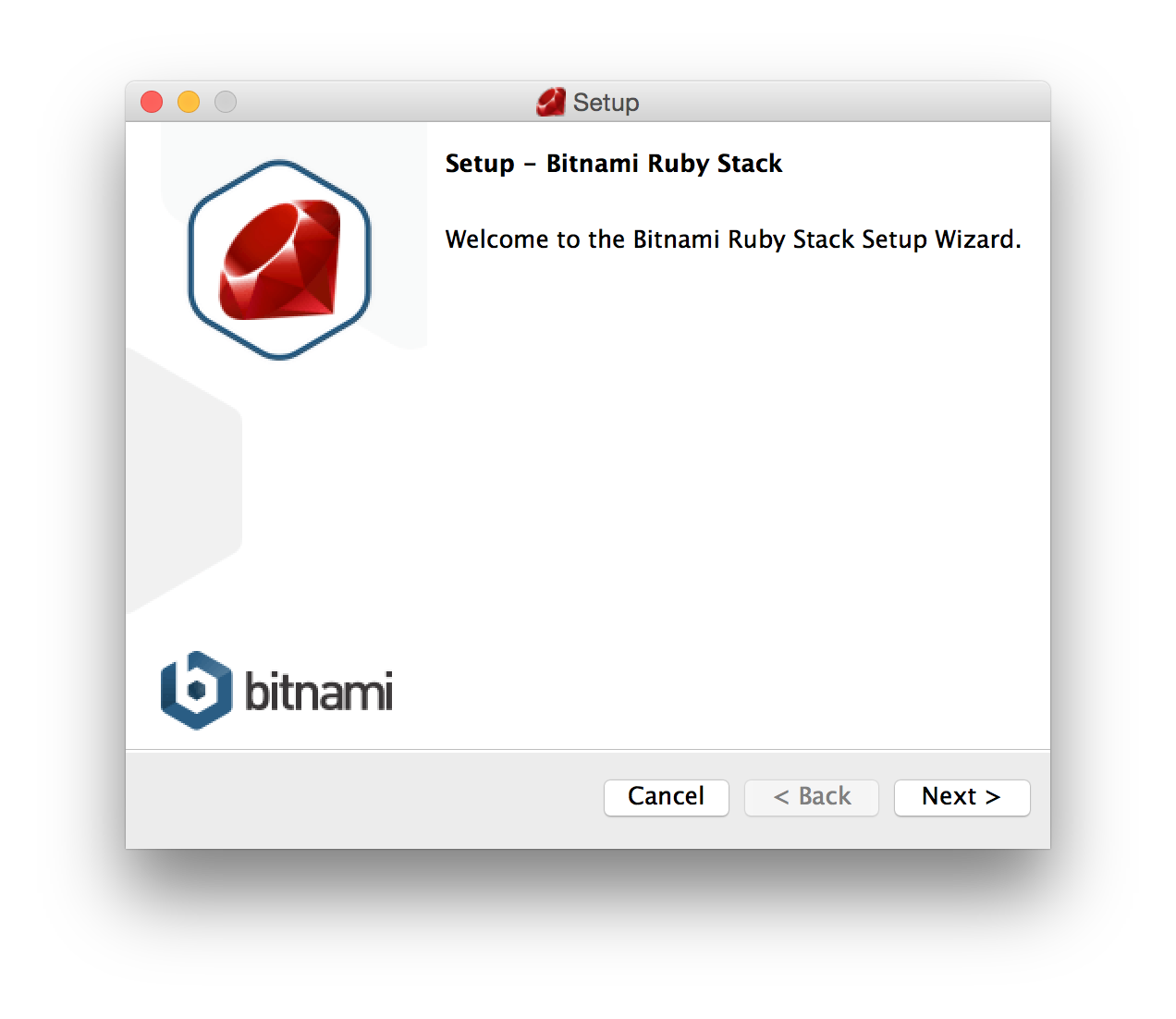
- #Bitnami rubystack npm how to
- #Bitnami rubystack npm software
- #Bitnami rubystack npm code
- #Bitnami rubystack npm windows
#Bitnami rubystack npm code
#Bitnami rubystack npm windows
I had learnt nasty lessons from getting Ruby installed on Windows machines in the past so my mitigation strategy was to complete all the workshop exercises via a browser in some form or another: Thankfully, most of my stuff scaled our reasonably well. I had hoped it would be a see of MacBooks or *nix lappies, but in the end more than 50% brought Windows-based devices. – Most importantly, I didn’t know what sort of hardware people were going to turn up with. I was expecting a lot of university students with a smattering of languages and in the end, this was who appeared.
#Bitnami rubystack npm software
Attendees for the day had nominated whether they were attending due to interests in “design”, “development”, “both” or “other”, but beyond that it was difficult to ascertain how many people were complete beginners versus those who had some experience with software development.

– I didn’t have a good handle on the level of development experience of the participants. – I didn’t know final numbers because there were multiple streams running in parallel and people voted at the start of the workshop streams. The constraints I had with running this workshop were: In addition to fundamental software development (via Ruby) I was covering automated testing (RSpec), build automation (Rake), Continuous Integration (Travis CI) and a little bit of Infrastructure-As-Code (AWS). I was doing one of the afternoon workshops and the title was “Software Development in the Small, the Medium and the Large” which was a slightly shaky analogy about the applicability of software for a variety of extra activities beyond the obvious solution to the business problem. The event had a dual design and development focus with keynotes in the morning and practical workshops in the afternoon, interspersed with a guerilla Tai Chi session in the cafeteria of our kind hosts and co-presenters Google.
#Bitnami rubystack npm how to
To learn how to create an HTTPS certificate for Apache, refer to the Auto-configure a Let’s Encrypt certificate section.A couple of days ago, I had the enormous pleasure of contributing to the first Girls In Tech event in Singapore. Step 4: Create an HTTPS certificate for Apache Restart the Apache server: $ sudo /opt/bitnami/ctlscript.sh restart apache SSLCertificateKeyFile "/opt/bitnami/apache/conf/bitnami/certs/server.key"ĭocumentRoot "/opt/bitnami/projects/myapp" SSLCertificateFile "/opt/bitnami/apache/conf/bitnami/certs/server.crt"

If the predefined virtual hosts are not available to you, or you prefer to apply a custom configuration, follow the steps below:Ĭreate and edit the /opt/bitnami/apache/conf/vhosts/nf file and add the following lines: ĭocumentRoot "/opt/bitnami/projects/myapp/public"Ĭreate and edit the /opt/bitnami/apache/conf/vhosts/nf file and add the following lines: Restart Apache for the changes to be taken into effect: $ sudo /opt/bitnami/ctlscript.sh restart apache

$ sudo cp /opt/bitnami/apache/conf/vhosts/ /opt/bitnami/apache/conf/vhosts/nf disabled suffix: $ sudo cp /opt/bitnami/apache/conf/vhosts/ /opt/bitnami/apache/conf/vhosts/nf To enable them, follow the steps below:Ĭopy the file to remove the. The Bitnami installation comes with predefined HTTP and HTTPS virtual hosts for connecting to a Node.js application running at port 3000. Enable predefined virtual hosts for an Express application You can serve your application through the Apache web server by enabling a virtual host that connects to your application. Step 3: Serve your application through the Apache web server $ forever start /opt/bitnami/projects/sample/bin/www You can use other service managers such as PM2 or nodemon. This example shows how to use Forever, since it is bundled in the Bitnami installation. The next step is to daemonize your application, so that it keeps running in the background. Step 2: Daemonize your application with Forever to keep it running In this case, you must first create an SSH tunnel between your local system and the server before you can access the application. NOTE: Access to the server on port 3000 may be blocked for security reasons. To access the application, browse to To end the application, terminate the running Express process. The Express application can be started by using this command, and it will run on port 3000: $ DEBUG=sample:*. Then, to create a new Express application, initialize a new project as below: $ cd /opt/bitnami/projects First, create a new folder to store your Express projects, such as the /opt/bitnami/projects directory, and give write permissions for the current system user: $ sudo mkdir /opt/bitnami/projects


 0 kommentar(er)
0 kommentar(er)
